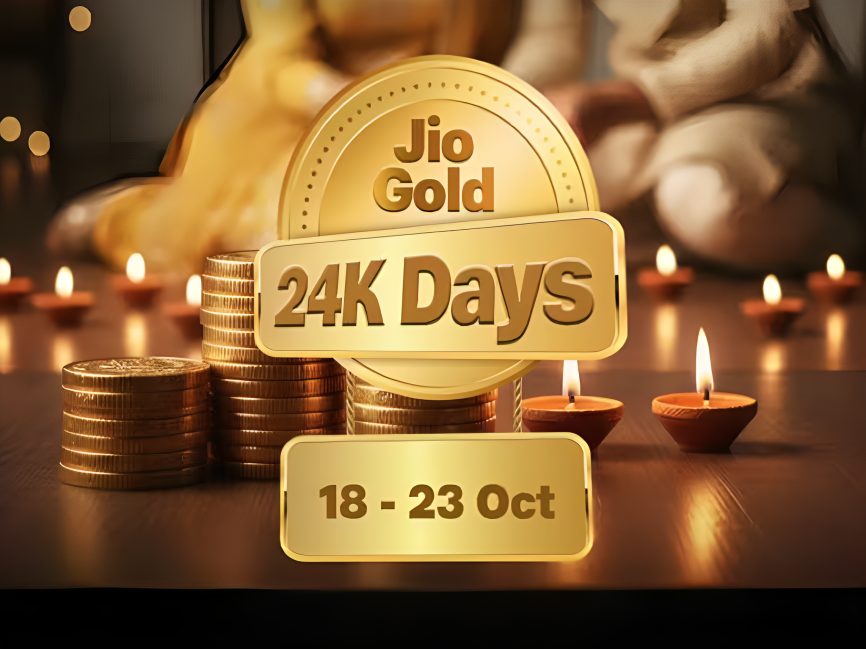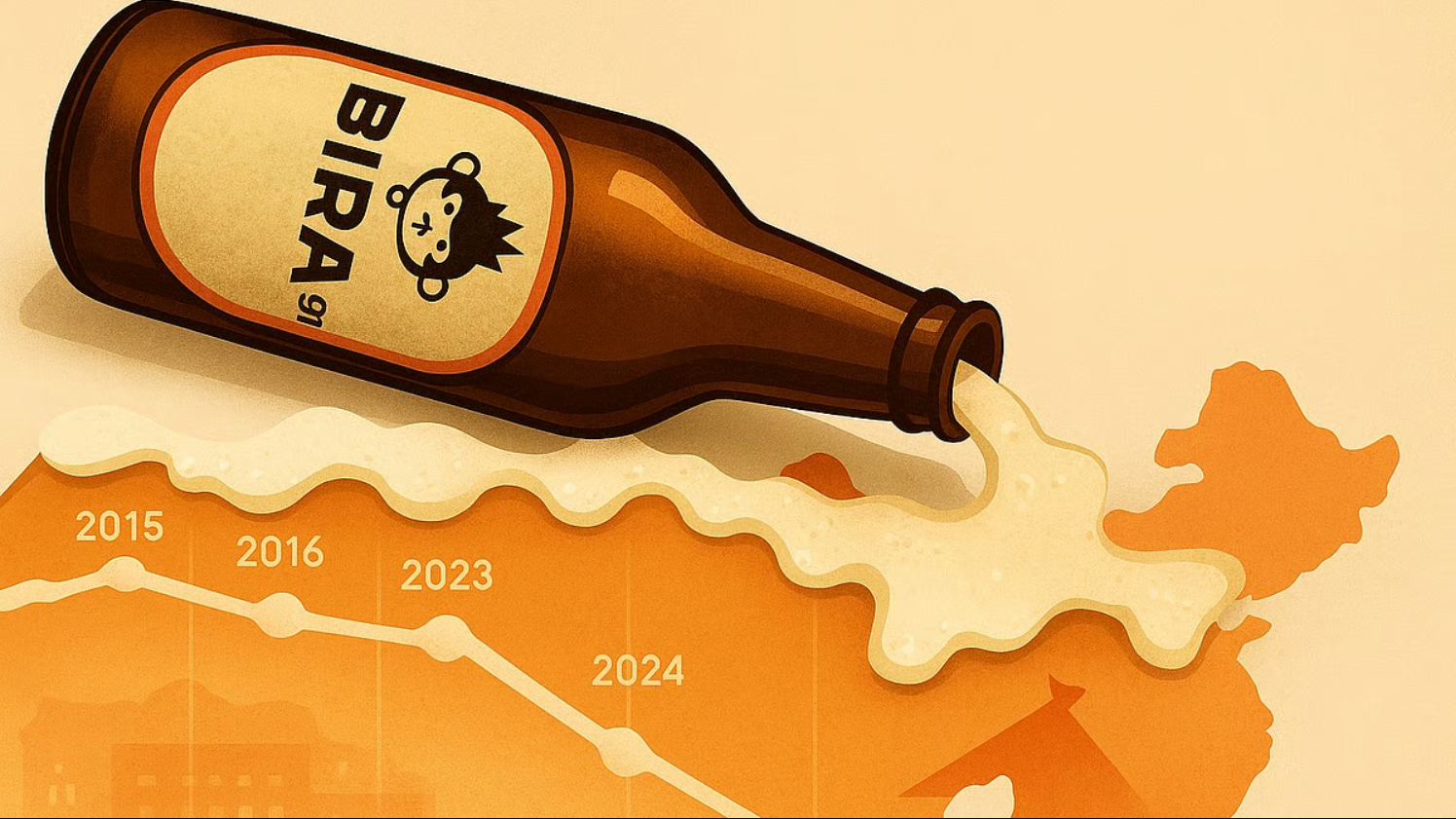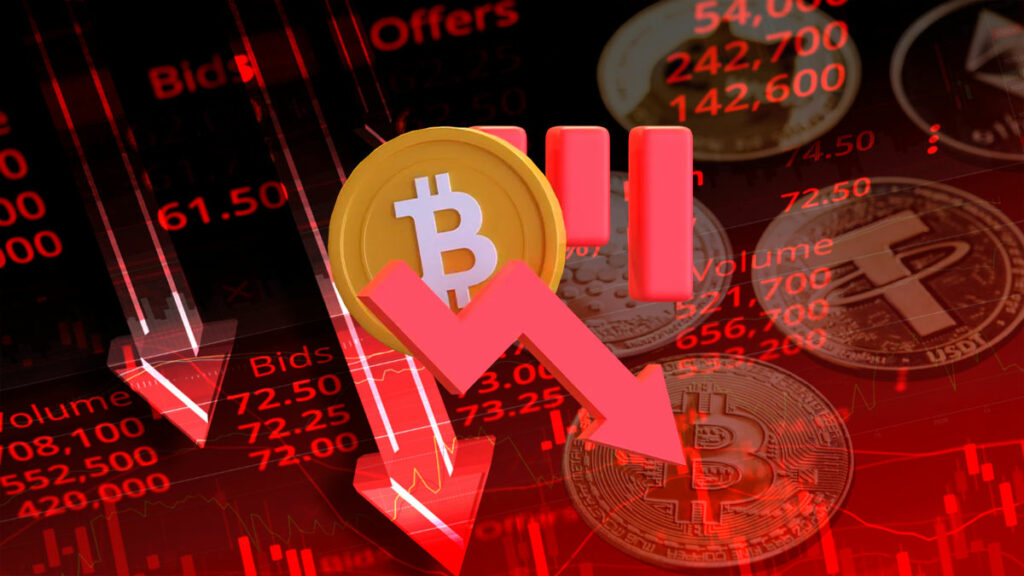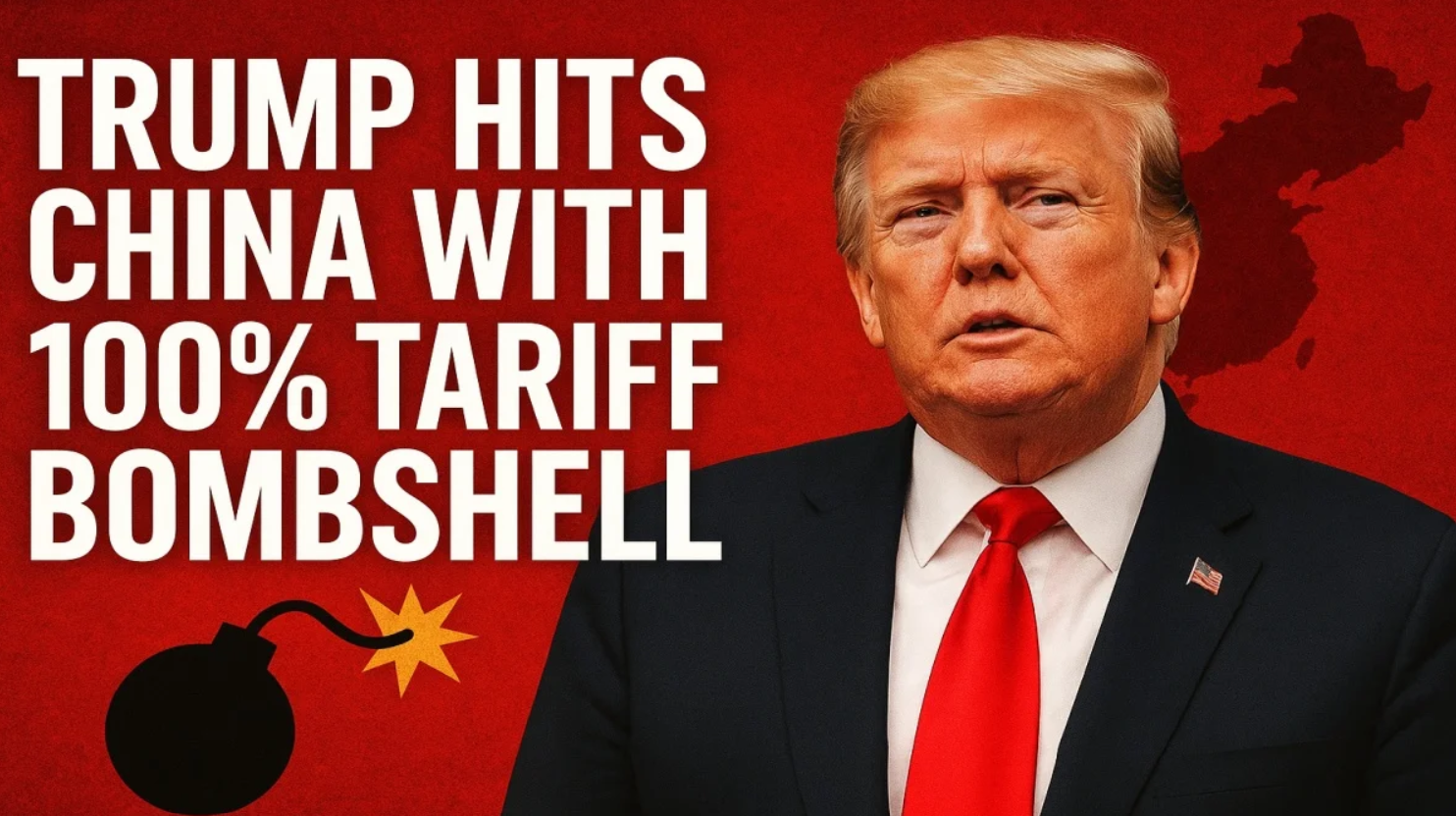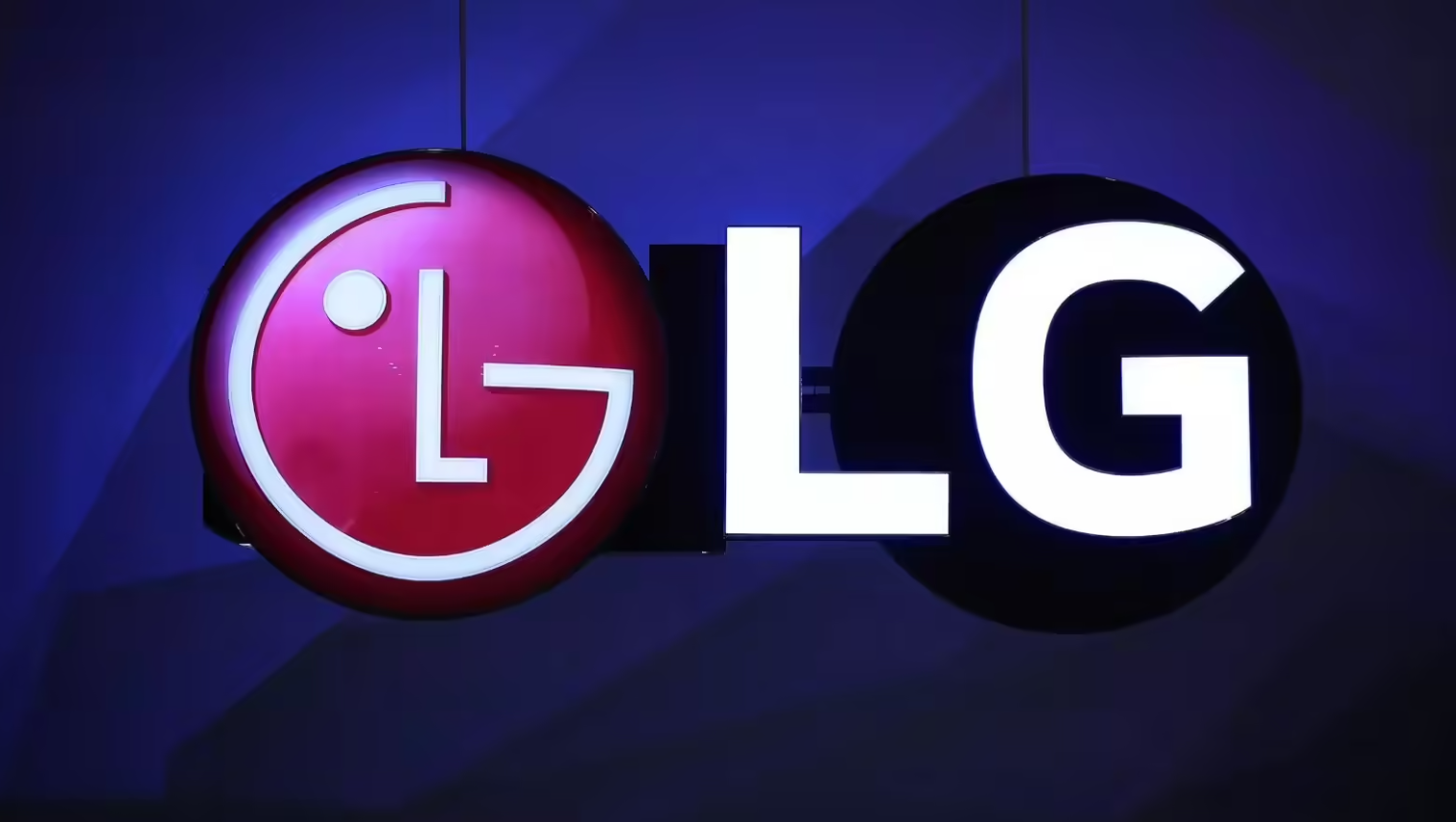The Reserve Bank of India had hoped that extending trading hours in the overnight call money market would encourage more participation and enhance liquidity management. But even with the new 7 pm cut-off time in effect from July 1, trading volumes have barely moved. Market data indicates that the average volume still hovers around 16,000 crore rupees, the same level as before the extended timings were introduced.
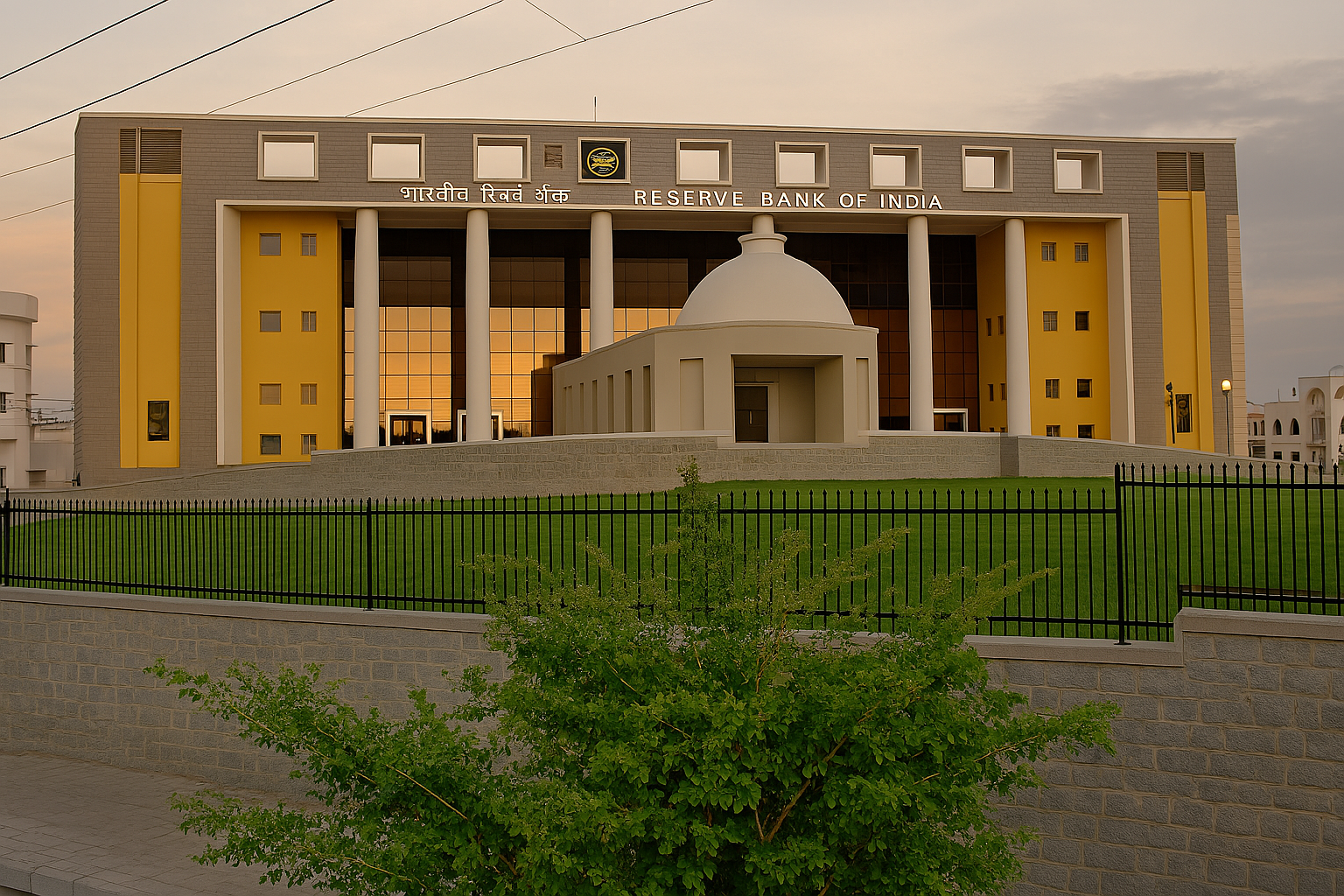
One of the main reasons for this unchanged volume is the significant surplus liquidity in the banking system. As of July 6, liquidity surplus stood at over 4.09 lakh crore rupees. This excess cash has reduced the urgency among banks to borrow short-term funds through the call market. Instead, banks are choosing to park funds in the Reserve Bank’s Standing Deposit Facility, which offers them a return of 5.25 percent, without requiring collateral or active trading.
Another key factor is the slow pace of credit growth. Banks are not facing high loan demand, especially in the corporate segment. When credit demand is low, the need for interbank borrowing also declines. That makes instruments like the overnight call market less relevant in daily liquidity management for now.
The RBI had announced the change on June 25, stating that from July 1 the call market would operate until 7 pm instead of the earlier 5 pm. Similarly, tri-party repo transactions will see extended hours till 4 pm from August 1 onward. The goal was to allow better access and flexibility for market participants in managing their short-term funding needs. However, as per reports from the Clearing Corporation of India, the revised hours have not brought any significant change in average daily activity.
Market dealers note that participants still prefer to complete most transactions before 5 pm. According to a dealer from a private sector bank, only limited, small-ticket trades are currently taking place beyond that time. He added that participants are yet to shift their working models to take advantage of the extended window.
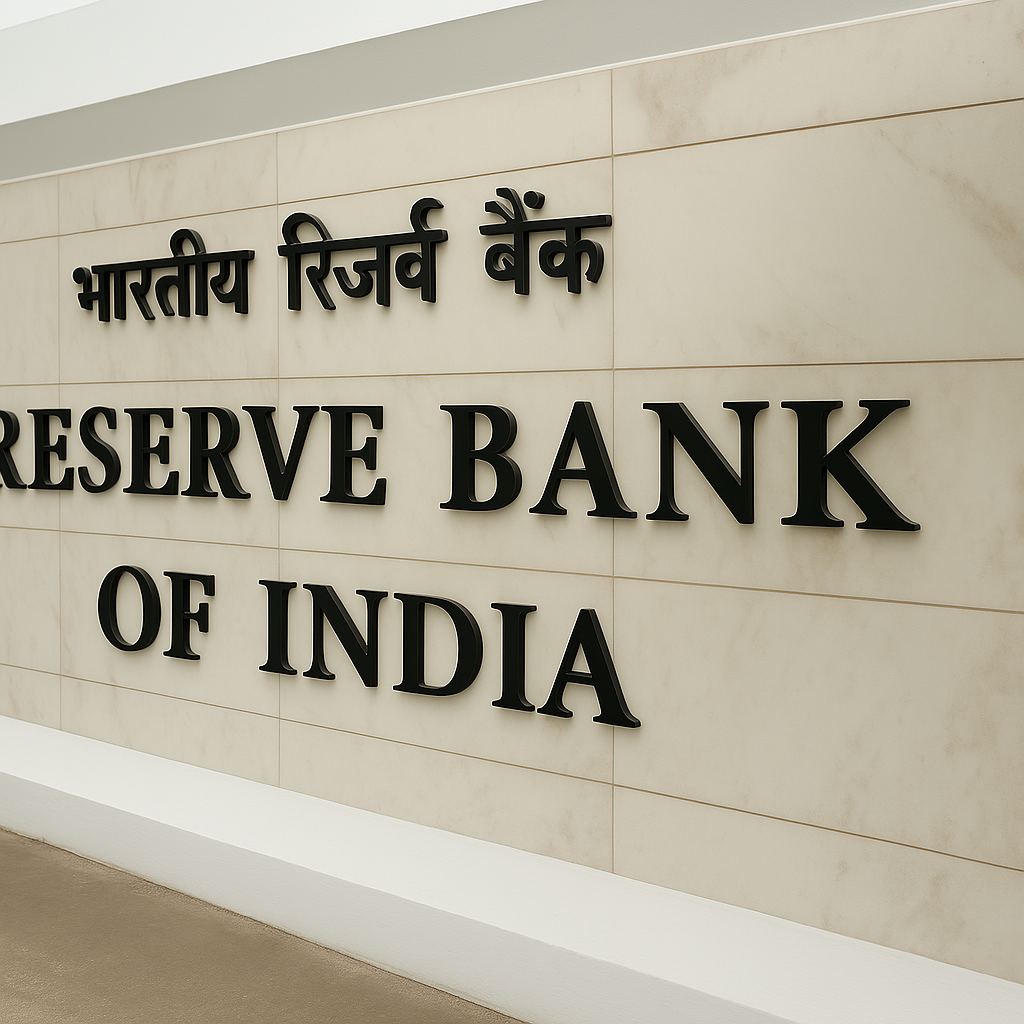
The weighted average call rate stood at 5.26 percent on Monday while tri-party repo rates settled at 5.11 percent. These figures further reflect the market’s lack of urgency in short-term borrowing, especially when easy liquidity options are available. On that same day, the call market recorded a slightly higher volume at 17,060 crore rupees, but this was not indicative of a broader trend.
RBI has also tried to absorb excess liquidity by conducting variable rate reverse repo auctions, aiming to align overnight market rates more closely with the policy repo rate. While these steps ensure smoother monetary transmission, they have not yet translated into greater activity in the extended call market hours.
Bank treasurers believe the longer trading window might become more useful during times of market stress or temporary liquidity shortages. For now, many consider it more of an emergency tool than a daily requirement. The facility might help banks manage unplanned outflows or margin obligations under the Marginal Standing Facility. But during regular hours, most institutions still prefer the more secured and structured tri-party repo over the unsecured call money market.
Some market observers expect activity to improve in the coming months. As September approaches, banks will face quarter-end tax outflows which typically create short-term liquidity crunches. Additionally, the festive season might trigger higher credit demand and operational needs, potentially boosting volumes in the overnight call market. Until then, however, the extended hours are unlikely to lead to a significant jump in trading activity.
For more updates on banking, investments, and finance news that affects you, follow You Finance on Instagram and Facebook. Stay ahead with insights designed for today’s Indian investor.




